Last updated on
Discover the reasons behind sticky kitchen cabinets even after cleaning and learn how to effectively tackle this frustrating issue.
Have you ever spent hours cleaning your kitchen cabinets, only to find them sticky and grimy soon after? It can be frustrating and puzzling, especially when you’ve used all the right cleaning products. But fear not! In this article, we’ll explore the reasons behind why your kitchen cabinets may be sticky after cleaning and offer some practical solutions to help keep them clean for longer.
So grab a cup of coffee and let’s dive in!
Key takeaways:
- Sticky kitchen cabinets can be caused by grease and grime buildup.
- Food spills and splatters can dry out and become stubborn stains.
- Humidity and condensation can lead to stickiness on cabinet surfaces.
- Insect infestations can leave behind residue that makes cabinets feel sticky.
- Aging cabinets may absorb moisture faster, leading to stickiness.
What's Inside
Common Causes of Cabinet Stickiness
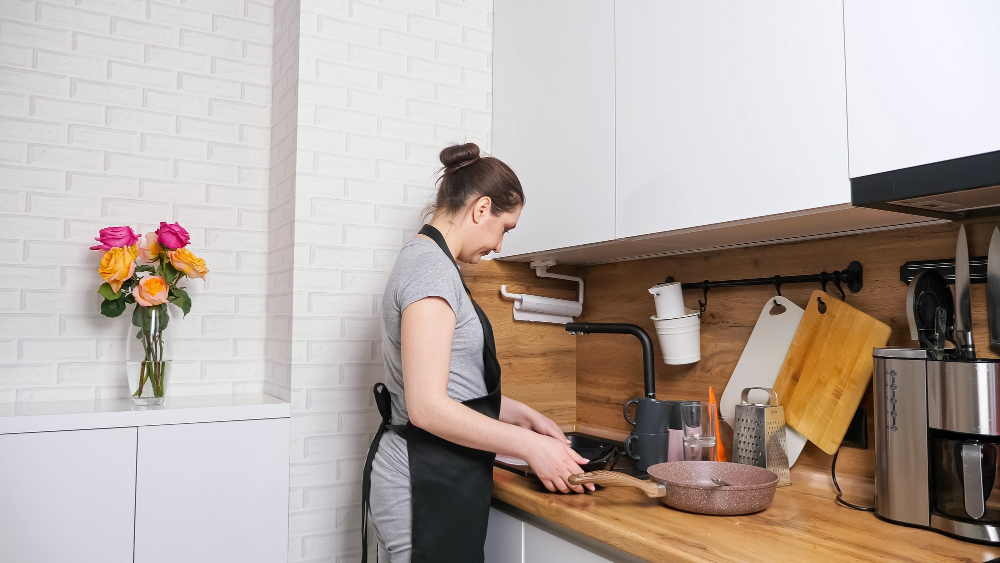
Over time, cooking oils, food particles, and other substances can accumulate on cabinet surfaces. This buildup not only makes your cabinets look dirty but also creates a tacky surface that attracts more dirt and dust.
Another culprit behind sticky kitchen cabinets is food spills and splatters. When you cook or prepare meals in your kitchen, it’s inevitable that some amount of food will end up on your cabinet doors or handles.
If left uncleaned for too long, these spills can dry out and become difficult to remove.
Humidity levels in the home can also contribute to stickiness in cabinetry as moisture from humidity settles onto surfaces causing them to feel damp which leads to stickiness over time. Insect infestations are another cause for concern when it comes to sticky kitchen cabinets; pests such as ants love sugary substances like spilled juice or soda pop which they leave behind a residue after feeding leading up-to-sticky cupboards.
Aging may be another factor contributing towards this issue since older wood tends towards absorbing moisture faster than newer ones making them prone toward becoming tacky quickly even with regular cleaning efforts.
Grease and Grime Buildup

Over time, cooking oils, food particles, and other substances can accumulate on cabinet surfaces. This buildup not only makes your cabinets look dirty but also attracts more dirt and dust to stick to them.
To tackle this issue effectively, you need a cleaning solution that can cut through the grease without damaging your cabinet finish. Avoid using harsh chemicals or abrasive cleaners as they may scratch or discolor your cabinets.
Instead, opt for a gentle yet effective cleaner like dish soap mixed with warm water or vinegar diluted in water. Apply the solution with a soft cloth or sponge in circular motions until all traces of grease are removed.
For tough stains that won’t budge easily, try using baking soda mixed with water into a paste-like consistency then apply it onto the affected area before scrubbing gently with an old toothbrush.
Food Spills and Splatters
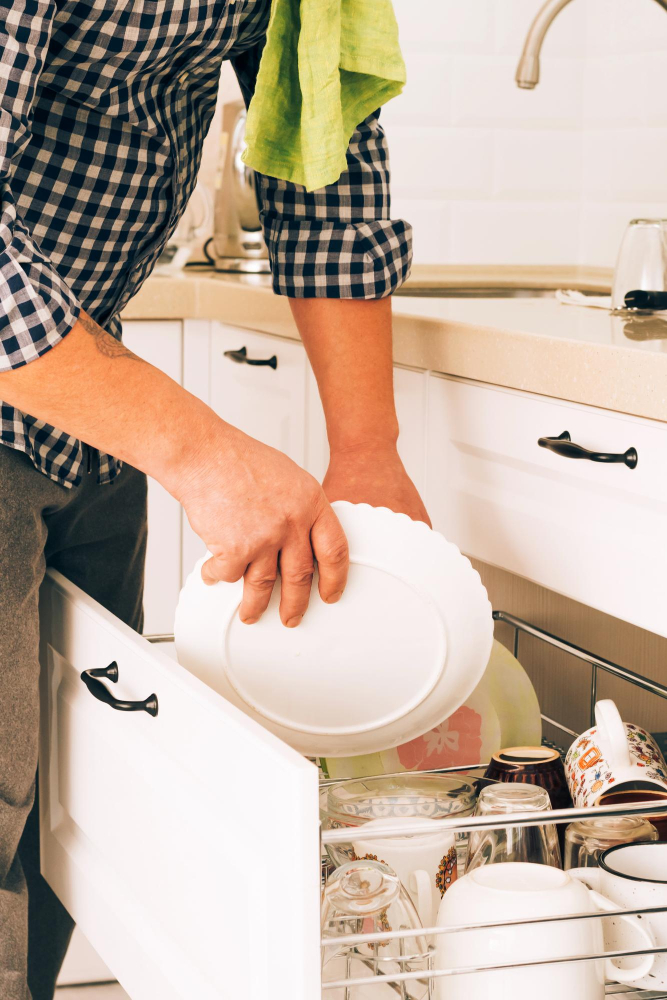
When cooking, it’s easy for food to accidentally spill or splatter onto the cabinet surfaces. If not cleaned up immediately, these spills can dry up and become stubborn stains that attract dirt and dust particles.
To prevent this from happening, always wipe down your cabinets after cooking or preparing meals. Use a damp cloth with warm water to remove any visible stains or residue on the surface of your cabinets.
For tougher stains that won’t come off easily with just water, use mild dish soap mixed in warm water solution instead of harsh chemicals like bleach which can damage the finish on your cabinetry over time.
Humidity and Condensation Effects
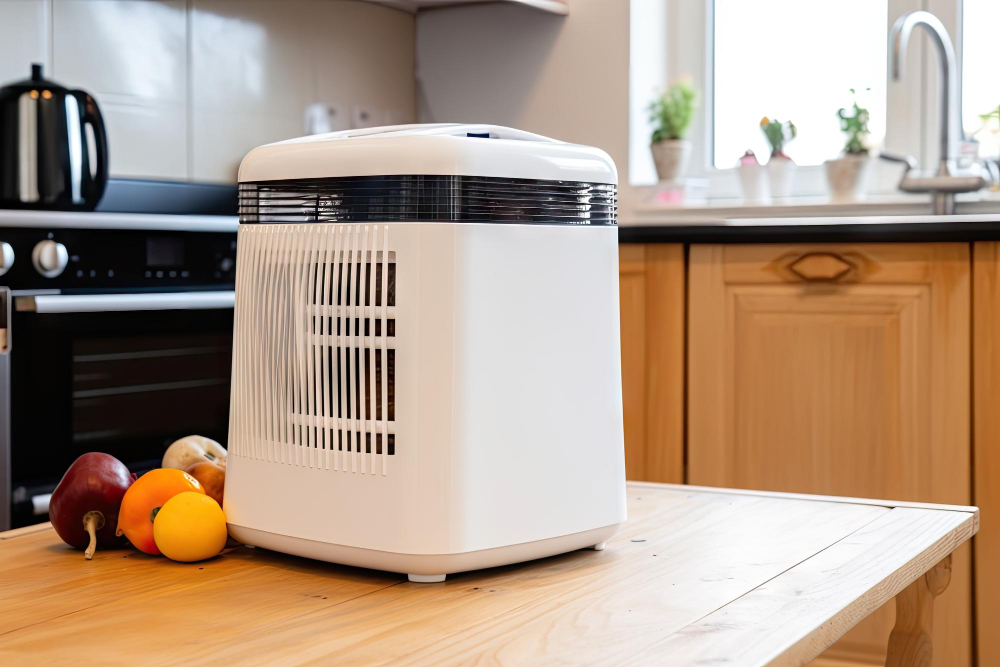
When the air is humid, moisture can accumulate on surfaces, including your cabinets. Over time, this moisture buildup can lead to stickiness and even mold growth if left unchecked.
Condensation from cooking or running hot water in the sink or dishwasher may also cause cabinet stickiness. The steam produced by these activities settles on nearby surfaces like your cabinets and forms a thin layer of moisture that eventually dries up leaving behind a sticky residue.
To prevent humidity-related cabinet issues, consider installing a dehumidifier in your kitchen or using an exhaust fan while cooking to reduce excess moisture levels in the air. Wiping down any wet spots immediately after they occur will help prevent them from turning into stubborn stains later on.
Insect Infestations
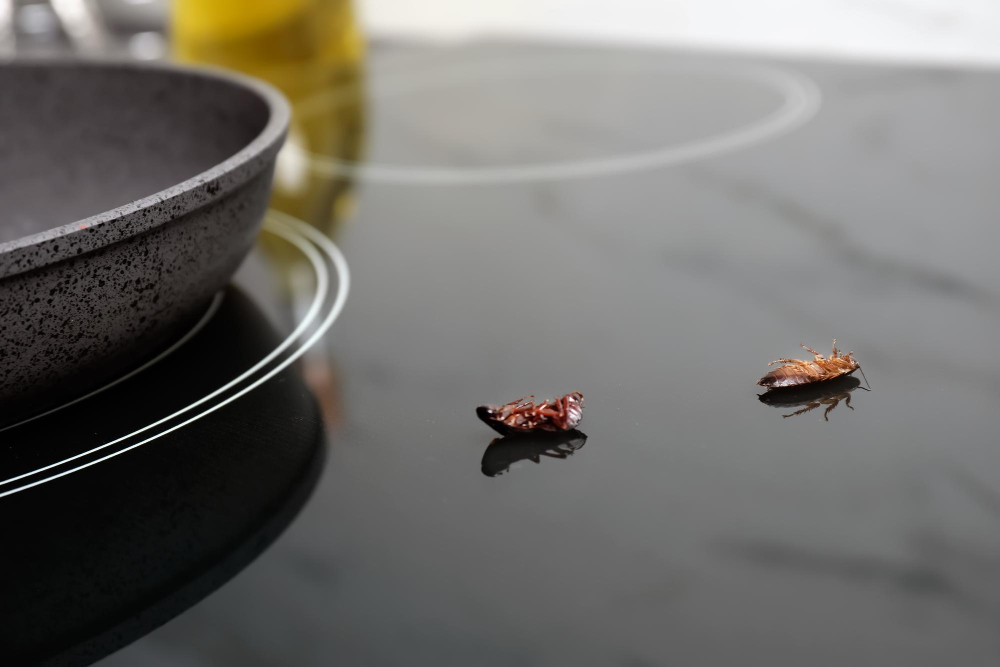
Ants, cockroaches, and other insects are attracted to food particles that may have accumulated in the cabinet corners or crevices. These pests leave behind their excrement which can make your cabinets feel sticky and unclean.
To prevent insect infestations, it’s important to keep your kitchen clean at all times. Wipe down surfaces regularly and avoid leaving any food out for extended periods of time.
Consider using pest control products such as baits or traps if you notice an issue with insects in your home.
If you suspect that there is an insect infestation inside your cabinets specifically, it’s best to call a professional exterminator who will be able to identify the type of pest present and provide effective treatment options without damaging the cabinet material or finish.
Aging
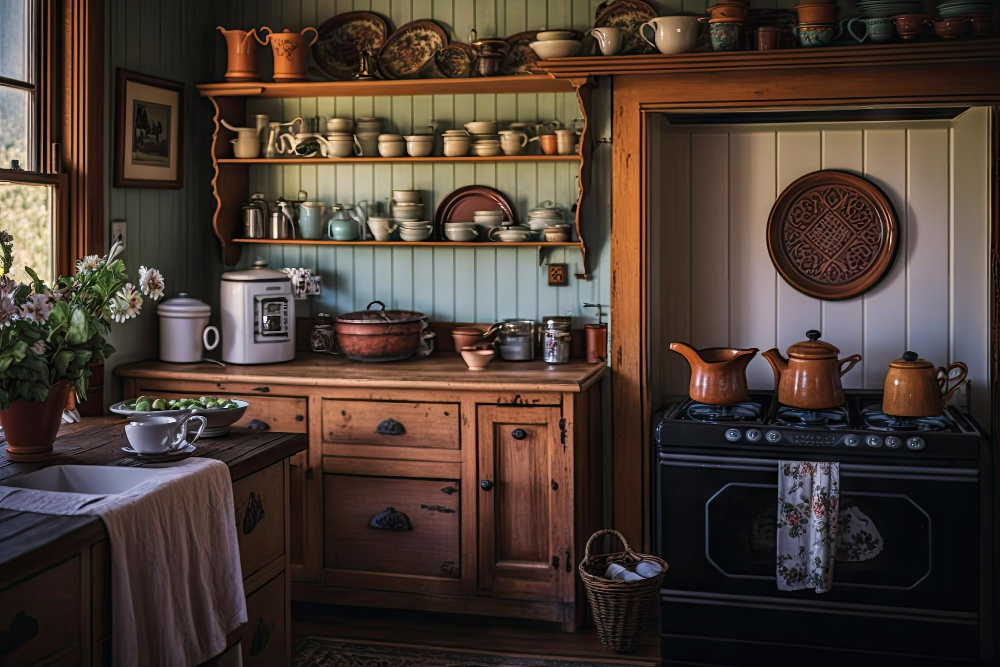
Aging can cause the wood to dry out and lose its protective finish, making it more susceptible to damage from moisture and spills. This can lead to sticky cabinet surfaces that are difficult to clean.
If your cabinets are old or have been exposed to excessive heat or sunlight, they may be more prone to stickiness. If you’ve neglected regular cleaning of your cabinets for an extended period of time, this could also contribute significantly.
To combat aging-related stickiness in kitchen cabinets:
- Consider refinishing or repainting older cabinetry
- Use a humidifier during dry seasons
- Avoid exposing wooden cabinetry directly under sunlight
- Regularly dust off the surface of the cabinet
Cleaning Products and Residue

Some cleaning products contain harsh chemicals that can damage the finish of your cabinets, while others may leave behind a greasy film. If you don’t rinse off the cleaner properly after wiping down your cabinets, it could lead to stickiness.
To avoid this problem, make sure to use only recommended cleaners for your cabinet material and follow their instructions carefully. Avoid using abrasive sponges or scrubbers that could scratch or damage the surface of your cabinetry.
If you’re unsure about which product is best for cleaning specific types of kitchen cabinets such as wood vs laminate vs painted ones etc., consult with an expert in home decor before purchasing any new cleaners.
The Role of Cabinet Material
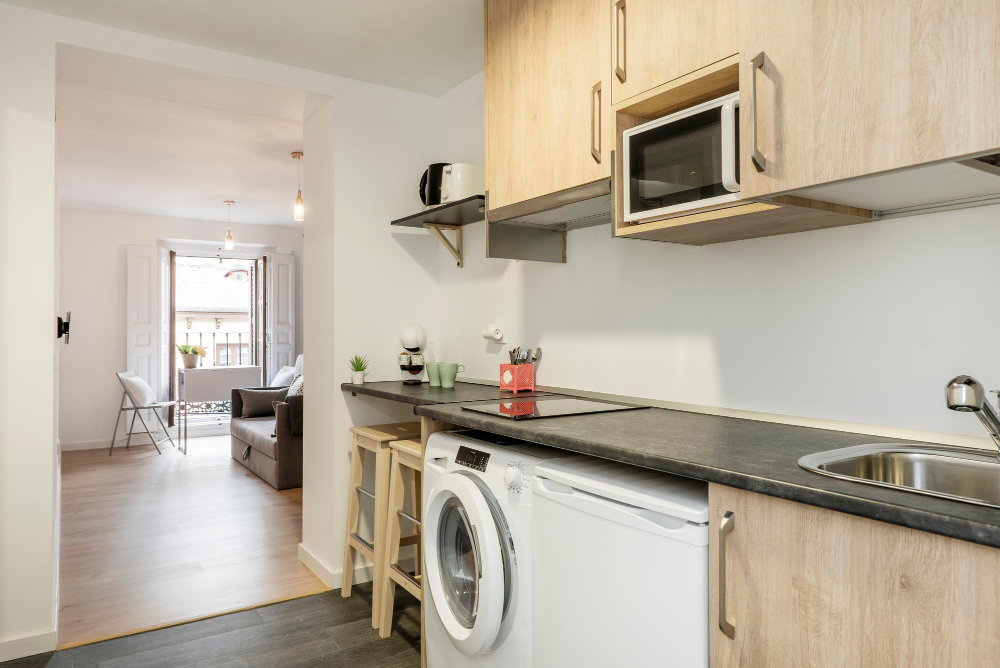
Wood, for example, is porous and can absorb moisture and oils from cooking. This absorption leads to the buildup of grime that causes sticky surfaces.
On the other hand, metal or plastic cabinets are less likely to be affected by humidity or spills but may still accumulate grease over time if not cleaned regularly.
It’s essential to understand what type of cabinet material you have so that you can choose appropriate cleaning products and techniques. For instance, using water-based cleaners on wood may cause warping or discoloration while abrasive cleaners could scratch metal surfaces.
Poor Cleaning Techniques
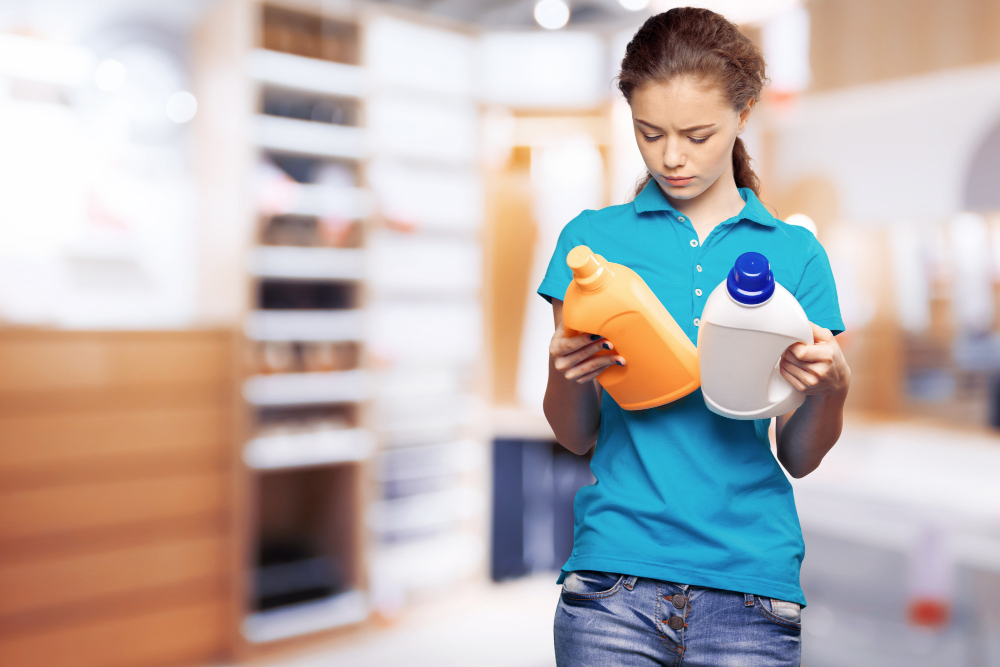
Using too much water or cleaning solution can leave behind residue that attracts dirt and grime, leading to stickiness. Similarly, using abrasive sponges or brushes can scratch cabinet surfaces and create tiny grooves where dirt particles accumulate.
To avoid these issues, it’s important to use a gentle touch when cleaning your cabinets. Start by removing any loose debris with a dry cloth before applying any cleaner.
Use only as much cleaner as necessary and wipe away excess moisture immediately after application.
Be mindful of the direction in which you clean your cabinets – wiping against the grain of wood surfaces can cause damage over time.
Tips for Effective Cabinet Cleaning
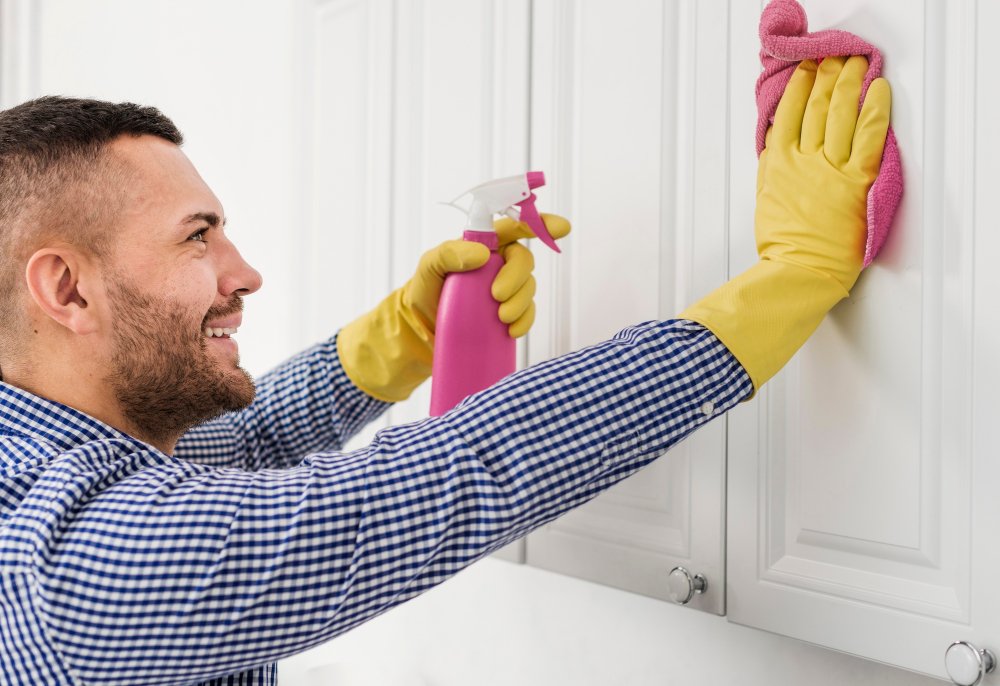
First, always start by removing any loose dirt or debris with a soft cloth or brush. Then, use warm water and a mild detergent to wipe down the surfaces of your cabinets thoroughly.
When cleaning wooden cabinets, avoid using too much water as this can cause warping or damage over time. Instead, use a damp cloth followed by a dry one to remove excess moisture.
For tough stains and grime buildup on cabinet doors and handles, try using baking soda mixed with warm water for an effective natural solution. Apply the mixture onto the affected areas with a soft-bristled brush before wiping away gently.
Be sure to rinse off all cleaning products completely from your kitchen cabinets after each wash cycle as leftover residue can contribute significantly towards sticky build-up in future.
Natural Cleaning Solutions
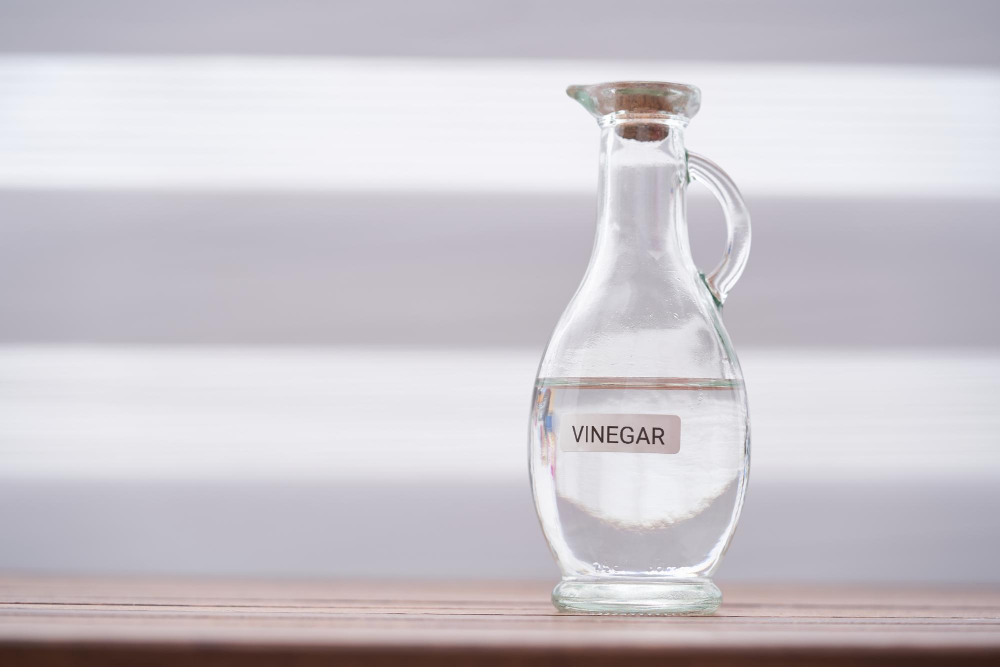
One of the most popular and effective natural cleaners is vinegar. Mix equal parts of white vinegar and water in a spray bottle, then spray onto the affected areas and wipe clean with a microfiber cloth.
Another great option is baking soda mixed with water to form a paste. Apply this mixture onto the sticky spots on your cabinets using a soft-bristled brush or sponge, then rinse off with warm water.
Lemon juice also works wonders as it has acidic properties that help break down grease buildup on cabinet surfaces. Simply mix lemon juice with some warm water in equal parts, apply it to your cabinets using a soft cloth or sponge, let sit for 5-10 minutes before wiping away any remaining residue.
Specialized Cleaning Products
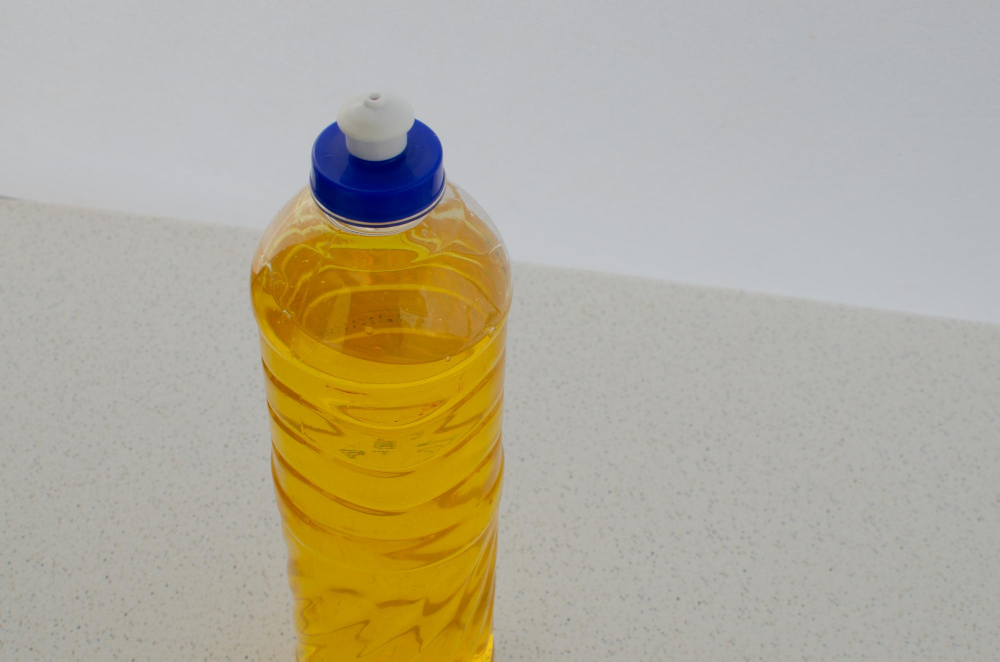
These are specifically designed for removing stubborn grease and grime buildup that ordinary cleaners cannot handle.
One such product is a degreaser, which is formulated to break down tough grease stains. You can find these at most hardware stores or online retailers.
Another option is a cabinet cleaner that contains wax or silicone, which creates a protective barrier against future spills and splatters.
It’s important to note that while specialized cleaners can be effective in removing sticky residue from your cabinets, they should only be used as directed by the manufacturer. Always read the label carefully before using any new product on your kitchen cabinets.
Preventing Stickiness in the Future
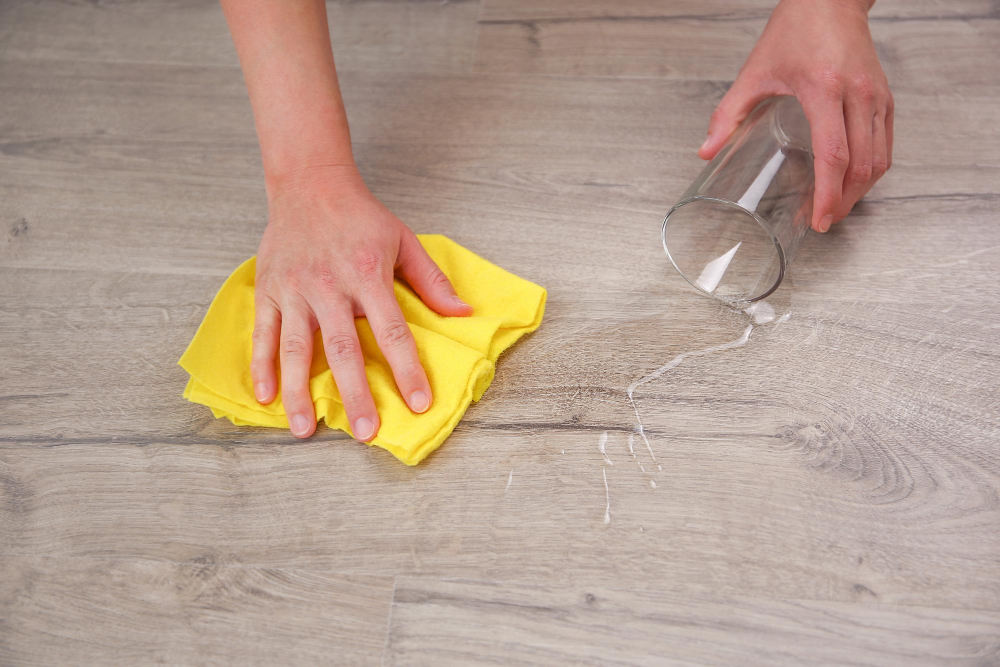
The good news is that there are several simple steps you can take to keep your cabinets clean and free of stickiness.
Firstly, make sure to clean up any spills or splatters as soon as they happen. This will prevent them from drying out and becoming harder to remove later on.
Consider using coasters or mats under glasses and plates to catch any drips before they reach your cabinets.
Another effective way of preventing stickiness is by regularly cleaning your kitchen cabinets with a gentle cleaner suitable for their material type. Avoid harsh chemicals that can leave behind residue which attracts dirt particles leading back into the problem we’re trying so hard not have!
Lastly, try using non-adhesive cabinet liners made specifically for this purpose; these liners help protect against moisture buildup while also making it easier for you when cleaning time comes around again!
Regular Cleaning
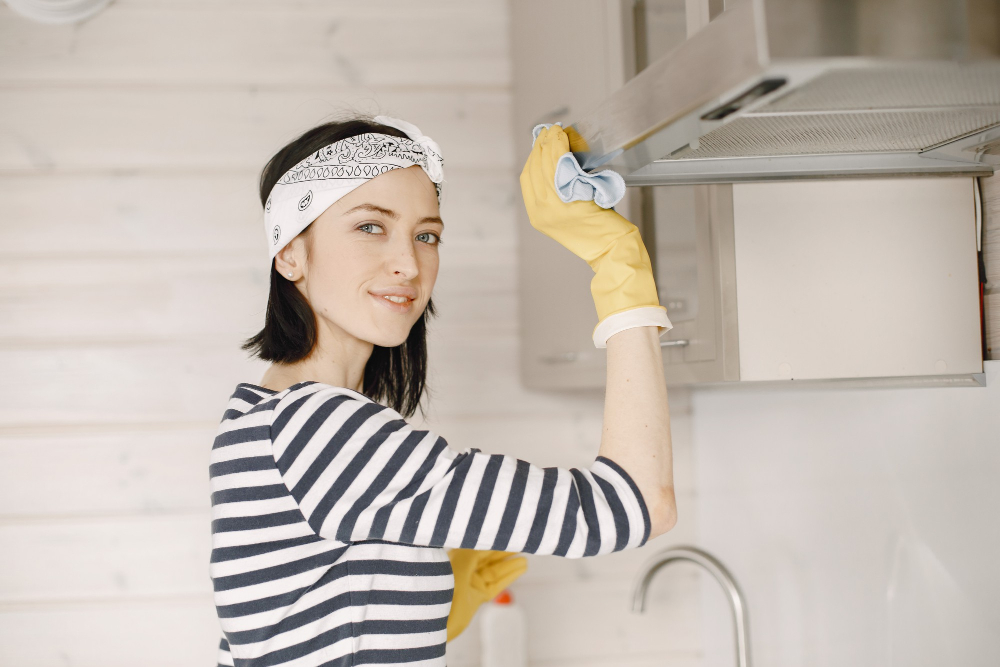
By regularly wiping down your cabinets with a damp cloth, you can remove any surface dirt and grime before it has a chance to build up. It’s important to pay attention to areas that are prone to spills and splatters, such as around the stove or sink.
Make sure you’re using the right cleaning products for your cabinet material. For example, if you have wooden cabinets, avoid using harsh chemicals that can damage the finish.
Instead opt for natural solutions like vinegar or baking soda mixed with water.
Non-Adhesive Cabinet Liners
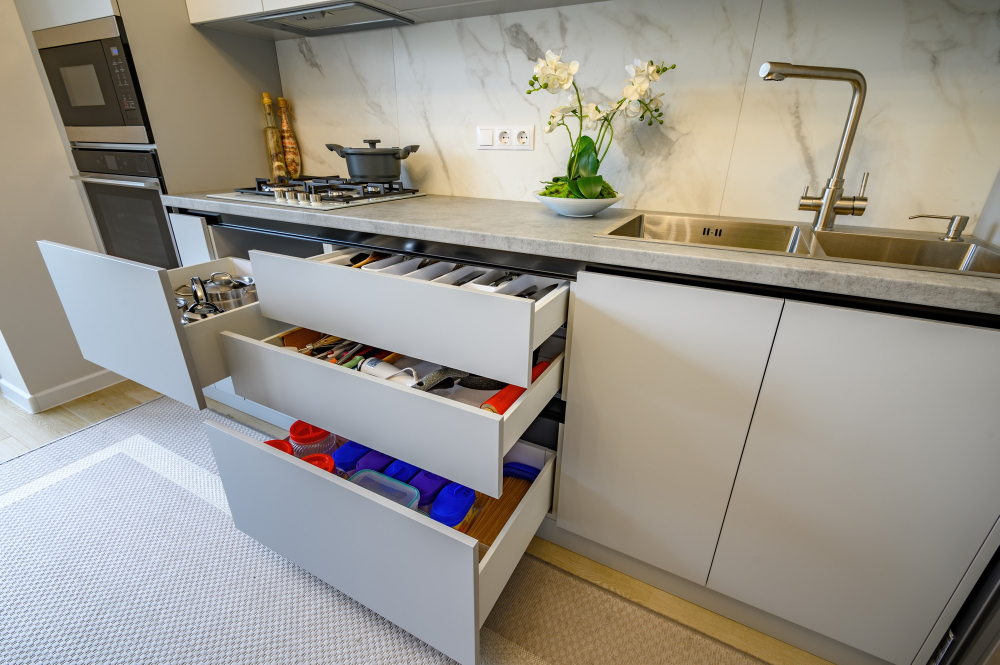
These liners come in a variety of materials, including cork, rubber, and vinyl. They can be easily cut to fit the size of your cabinet shelves and drawers.
The non-adhesive feature is particularly useful as it prevents any residue from sticking onto the surface of your cabinets. This means that you won’t have to worry about cleaning up any adhesive residue when it’s time for a change.
Cabinet liners also help protect against scratches and dents caused by heavy pots or sharp utensils being placed on them. They provide extra cushioning which helps prolong the life span of your cabinetry.
When choosing non-adhesive cabinet liners, consider those made with eco-friendly materials such as bamboo or recycled plastic if sustainability is important to you.
Coasters and Mats
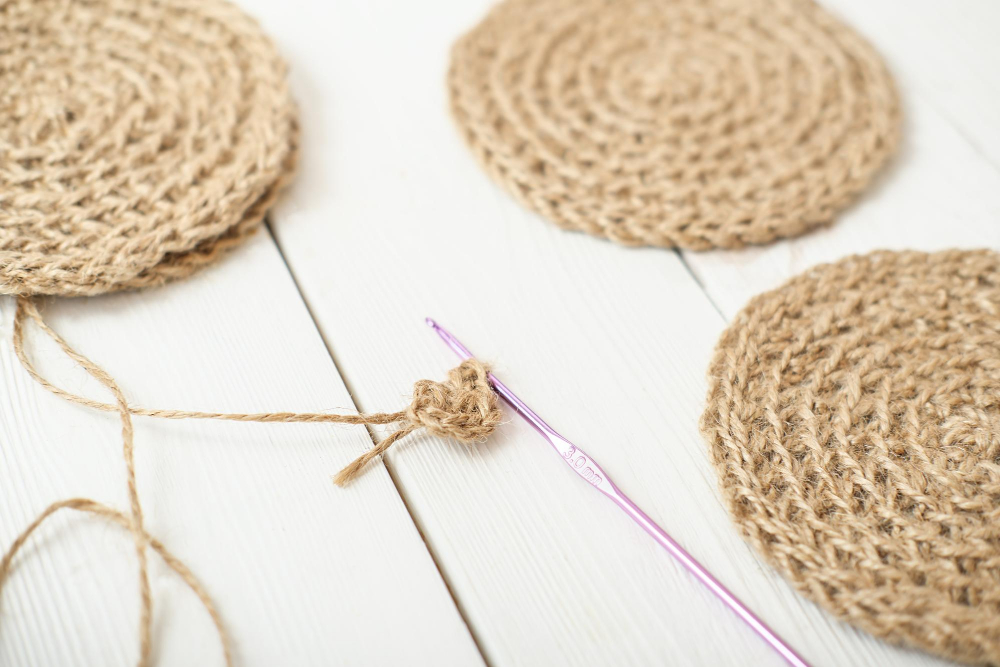
These items can be placed on the counters or inside the cabinets to protect them from spills, moisture, and other potential causes of stickiness. Coasters are particularly useful for protecting wooden surfaces from water rings caused by glasses or cups.
Meanwhile, mats can be used in drawers or shelves where food containers are stored to prevent any spills from seeping into the cabinet material.
By using coasters and mats regularly, you’ll not only keep your kitchen looking clean but also extend the life of your cabinetry. Plus, they come in a variety of materials such as cork, silicone rubber or felt so you can choose one that matches your decor style.
Aeration
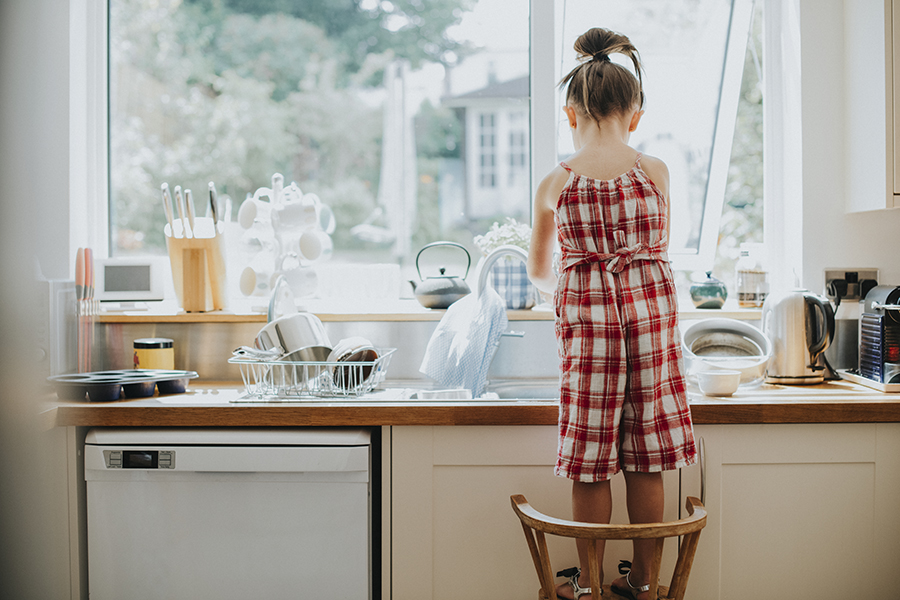
Proper ventilation can help reduce humidity levels in your kitchen, which can cause condensation and lead to stickiness on cabinet surfaces. To improve air circulation, consider installing an exhaust fan or opening windows while cooking or cleaning.
You may also want to leave cabinet doors open for a few hours after cleaning them with water-based solutions.
Another option is using moisture-absorbing products like silica gel packets inside the cabinets. These packets are designed to absorb excess moisture from the air and keep it away from your cabinets’ surfaces.
Supplies for Cleaning
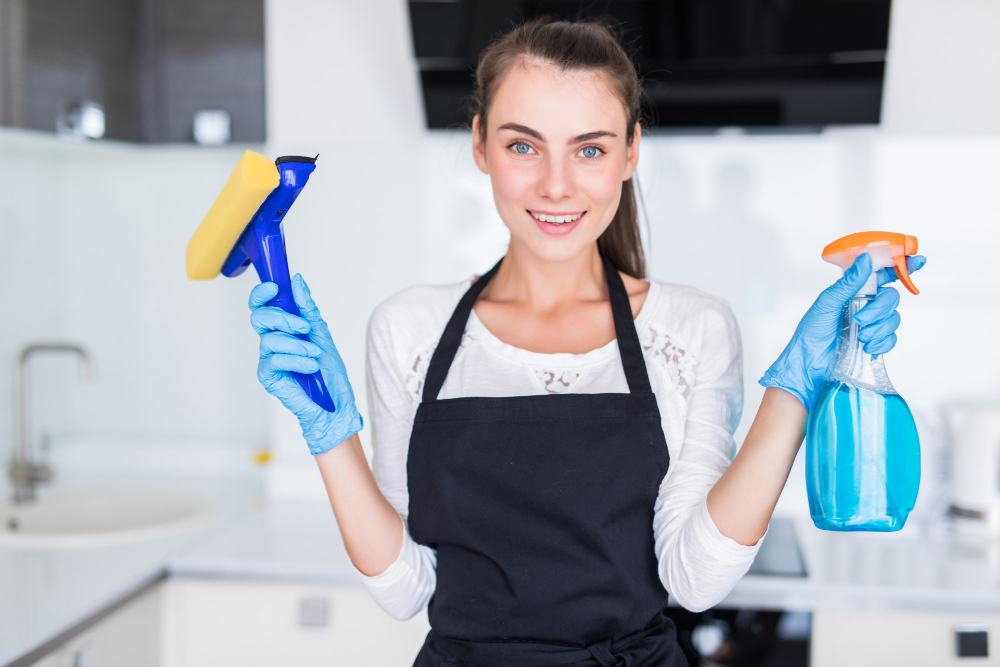
Here are some essential items you’ll need:
1. Microfiber cloths: These are great for wiping down surfaces without leaving streaks or lint behind.
2. All-purpose cleaner: Look for a cleaner that is safe to use on your cabinet material and effective at cutting through grease and grime.
3. Vinegar: This natural cleaning solution is perfect for removing stubborn stains and disinfecting surfaces.
4. Baking soda: Use baking soda mixed with water to create a paste that can help remove tough stains from cabinet doors or drawers.
5. Soft-bristled brush: A soft-bristled brush can be used to gently scrub away dirt in hard-to-reach areas like corners or crevices.
FAQ
How do you fix sticky kitchen cabinets?
To fix sticky kitchen cabinets, mix 1 cup of water, 1 teaspoon of white toothpaste, and 2 tablespoons of baking soda, then scrub the cabinets using a sponge dipped in the mixture, and rinse with a damp cloth until all residue is gone.
What can I use to clean sticky cabinets?
You can clean sticky cabinets using a mixture of dish soap and warm or hot water, applied with a soft cloth or sponge.
What are the common reasons for kitchen cabinets becoming sticky even after cleaning?
Common reasons for kitchen cabinets becoming sticky even after cleaning include grease and cooking residue buildup, humidity, and contact with certain foods or substances.
Are there any preventive measures to avoid stickiness on kitchen cabinets?
To prevent stickiness on kitchen cabinets, regularly clean them using a mild detergent or cleaning solution and keep the area well-ventilated.
What natural cleaning solutions can be used to effectively remove stickiness from kitchen cabinets?
Natural cleaning solutions like a mixture of vinegar and water or baking soda and water can effectively remove stickiness from kitchen cabinets.




